“Car Warriors” was a reality-TV series that centered around the world of automotive restoration. Brought to life by BASE Productions, the first two seasons were aired by Fox Sports Speed throughout in the US, and on the affiliates of Discovery Communications internationally. The format of the show is a competition between rival teams from different cities, who are tasked with restoring and modifying a car within a limited time frame of 72 hours for the first season, and 48 hours for the second season.
The stakes are high, as the winning team not only gets to keep their own car, but takes possession of that of the rival team as well. The outcome is dire for the losing team though, as they go home with nothing. The series’ high-stakes setting greatly bolsters the viewership, giving the fans a lot to bet on and hope for. Season two introduced a new twist, in which instead of the All-Star team, a different local restoration crew is brought in to compete.
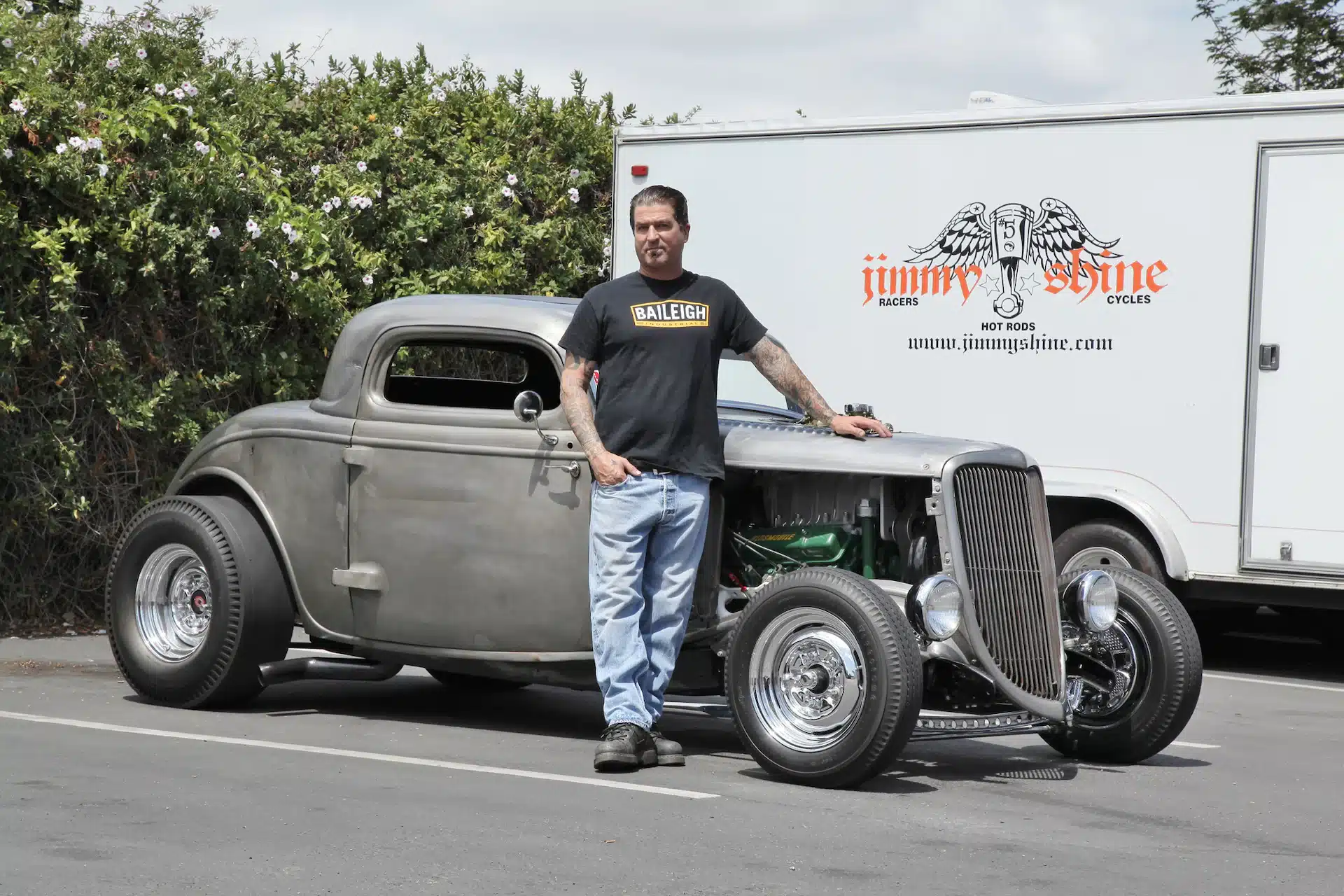
In the first season, the show’s concept revolves around a time-sensitive competition, reminiscent of the popular culinary TV show “Iron Chef,” but instead of cooking, the competition is focused on car restoration and modification.
In every episode, a team of elite automobile industry specialists, known as the All Stars, competes against a rival team from a distinguished automotive shop in their local area, to restore and enhance a car within a 72-hour time frame. Both crews are provided with a comparable mystery vehicle to upgrade, as well as their own workspace within the studio, and an abundance of car pieces, attachments and equipment provided by NAPA Auto Parts and Hankook Tire.
As part of the competition, both teams participate in an engine challenge, which can take one of two forms: either moving the car into a lift, removing the engine, and transporting it to the so-called ‘victory box’ marked by a square, or installing the wheels on the car, removing the jack stands, and wheeling the car into the victory box. The first team to reach the goal gets to choose one of the two available specialty engines to install in their car as part of their build.
As the clock counts down, both teams must focus on the five key steps in car building: design, interior, fabrication and suspension, engine installation, paint and reassembly including interior installation. Once the clock runs out, both cars are evaluated by a judging panel according to four criteria: interior, exterior, engine bay, and performance, with the victorious team rewarded as mentioned, and the loser leaving empty-handed.
A new format was introduced in the second installment, pitting two local teams against each other in a race against time. As the clock ticks down, they are given only 48 hours to complete their project, with each crew being assigned a lead technician to guide them throughout the process.
The build essentials were also streamlined, focusing on four key areas: the engine and transmission, suspension, body and paint, and interior. As the teams work tirelessly to complete their vehicles, a mid-way ‘home stretch challenge’ is introduced, providing a chance for the crews to showcase their skills in a specific task, such as welding or carburetor reassembly, with the winning team receiving an additional hour to finish their build.
When the time is up, the cars are scrutinised by a panel of judges, chaired by Jimmy Shine, who returns to the studio to award the key to the winners, sending the losing group home with absolutely nothing to show for their effort.
Jimmy Shine was undoubtedly one of the leading figures in the entirety of the series, primarily judging the vehicles in the first season, and then taking over as the host instead of Marc Istook, while still keeping his judging rights and position. Shine was chosen for this key place in the project thanks to a lifetime of automotive expertise, that has propelled him to stardom and cemented his name in the industry.
The abrupt end of “Car Warriors”
Unfortunately, Jimmy couldn’t remain on the TV screen for too long under this particular title, as the production team ran into two significant issues that upended the series after only two seasons, in spite of its undeniable success across the audience.
In 2011 Rick Sheley, the owner and operator of renowned automotive restoration shop SKJ Customs, based in St. George, Utah, took legal action against Speed TV and its parent company FOX Sports, alleging that the network had violated its own rules and regulations during the production of “Car Warriors.”
https://www.facebook.com/CarWarriors/posts/336325896440450
Specifically, Rick claimed that the program’s All-Star team had threatened to quit if they were not declared the victors over his crew, and that this had resulted in him being denied the opportunity to take home not only his own car, but also the All-Stars’ car, as per the show’s rules, incurring significant emotional and financial strain.
The lawsuit sought a total of $2 million in damages, and was met with intense media scrutiny, generating significant buzz within the automotive community. Many experts and industry insiders weighed in on the case, with some expressing support for Sheley’s claims, and others dismissing them as disingenuous and without merit.
Despite the high-profile nature of the case, the parties eventually reached an agreement and the lawsuit was ultimately dropped. The specific details of the settlement have not been made public, but it is believed that both Speed TV and FOX Sports were eager to avoid a prolonged and costly legal battle that could have resulted in negative publicity for the network and its future titles.
Additionally, the upcoming shift of the network from Speed TV to Fox Sports 1 meant that the program would generally seem unsuitable for a channel meant to broadcast sports-related content, making it less likely for the show to be picked up again in the future.
However, fans of the show were still able to enjoy it in re-runs, as it continued to air on Fox Sports regional networks starting from 2014. The end of the show’s run may have been disappointing for many viewers, but the impact it had on the automotive reality-TV genre will always be remembered.
Jimmy Shine – the beginnings of a passionate connoisseur
Born James D. Falschlehner on 23 October 1970, in California USA, Jimmy’s entrance into the world was marked by Gary Gabelich becoming the fastest man on the planet by setting the land speed record at 622.407mph (1,000kph). Growing up in the suburbs of Orange County in his birth state, Jimmy was surrounded by a family deeply ingrained in mechanics and engines.
His father Denny, mother Lynn, and brothers Jon and Ned all shared a passion for building and riding their own vehicles, with Denny competing in boat, hot rod, off-road bike, and drag racing. The vast fields and orange groves near their home provided the perfect playground for the brothers to safely test their motorcycles and other vehicles, all while evading the watchful eye of a local law enforcement officer nicknamed ‘Strawberry.’
As they navigated through the carefree and less restrictive society of the 1970’s and early 1980’s, James and his friends spent their afternoons exploring the groves, hunting, and riding motorcycles. This period of freedom and experimentation instilled in Jimmy a deep passion for automobiles and motorbikes, and he began to channel this passion into building his own machines.
It was during this time that Jimmy took on the ambitious project of constructing a street-purposed 327 c.i. Chevy-powered gasser, which included a 2” by 3” square-tube chassis, a 4-link suspension with a Turbo 400 transmission, and a narrowed 9” Ford rear end. He spent two years and two days meticulously crafting the car, investing over $6,000 in the process.
27 April 1985 marked the start of Jimmy’s journey as a hot rodder, as on this day he made the financially savvy decision to invest in an all-steel ’40 Willys pick-up truck for the reasonable price of $950, with an additional $25 for trailer rental.
On 29 April 1987 his dream machine came to life and took its maiden voyage down Bryan Ave. at high speed. This fateful drive further solidified James’ future as a car enthusiast and builder, earning him the nickname ‘Jimmy Shine’.
Jimmy had the luck of starting his journey into the world of hot rodding and automotive customization in the 1980’s, as it was a period in which the industry was thriving and cars were still relatively affordable. During this time, there existed a community of skilled and knowledgeable individuals who were eager to share their expertise with aspiring enthusiasts like Jimmy, free of charge.
https://www.instagram.com/p/CVjTEUgvsPG/
With the guidance and support of his father, an accomplished welder and fabricator, Shine was able to get a solid foundation in the craft, and acquire the necessary tools to pursue his passion. Through years of hard work and dedication from the tender age of 14, Jimmy was able to save up enough money through various odd jobs such as lawn mowing and other menial tasks.
This acquisition would prove to be the catalyst that would launch Jimmy’s career in the automotive industry, and set him on a path to becoming the renowned car enthusiast and builder that he is today.
As Jimmy progressed through the years following his high school matriculation, he found himself constantly seeking opportunities to improve his skills and knowledge in the world of hot rods and motorcycles. He spent time working in various shops, gaining valuable experience and learning from accomplished professionals in the industry. This period of his life also marked his debut in the world of television, in the early 1990s.
He faced new responsibilities in adolescence, including the arrival of his first child, a daughter named Morgan. Despite the demands of fatherhood, Jimmy remained committed to his passion for the automotive lifestyle, continually expanding his collection of vehicles, which started in his early days of schooling.
This assortment included an array of vehicles such as a ’47 Indian Scout motorcycle, a ’55 Chevy pickup, a chopped ’31 Ford coupe, a ’48 English Ford Anglia, a Watson-style ’56 Mercury Monterey which he took on a road trip to Louisiana, a 1952 Chevy lowrider pickup, a ’61 Cadillac Coupe de Ville, and an ’81 H-D stroker rigid Shovelhead motorcycle. All of these vehicles served as a testament to his unyielding dedication to his love for automobiles.
Jimmy’s life after the series
By 2012, Jimmy was already the lead fabricator of his So-Cal Speed Shop, and with the series undeniable reach across the planet, his popularity grew massively throughout the two seasons. He and his wife sold their prized ’34 Ford pick-up truck at the famous Barrett-Jackson auction in Arizona’s Scottsdale, for a whopping $215,000.
They decided to use this money to start a legacy of their own, investing it in the premises that they subsequently named the Jimmy Shine Work Shop, idea coming from the collaboration of Jimmy Shine and Pete Chapouris from the So-Cal Speed Shop.
#wheelsonthebay @Wheelsonthebay #jimmyshine @lkerrigan77 #carshow #belleville Car Warriors -jimmy shine was at show meeting and greeting- pic.twitter.com/no6wewyCX3
— larry kerrigan (@lkerrigan77) July 23, 2017
Pete not only worked closely with Jimmy, but also taught him many things about the craft known only to world-renowned experts. Having learned everything that he could, Jimmy fully launched his business in 2015, naming it the Shine Speed Shop, which has been in operation ever since, attracting customers from all over the globe.
Jimmy also went on to appear in an episode of “Jay Leno’s Garage” in 2020, at which point he got to showcase many of the possibilities that he was able to create in the Shine Speed Shop, servicing various high-profile vehicles, and building many from the ground up. This is what he continues to do, even in 2023, with enviable success.

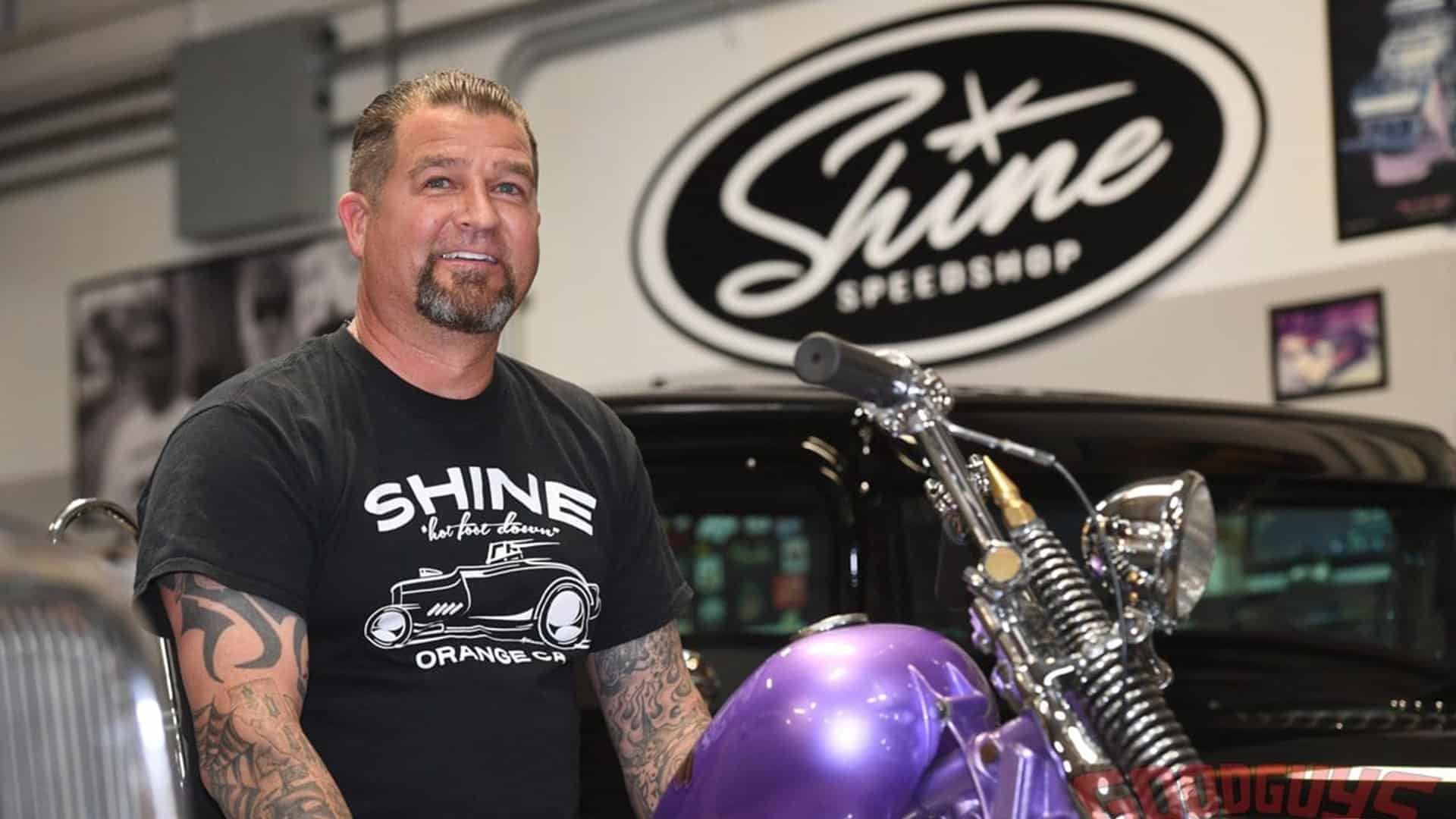

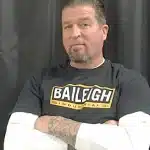
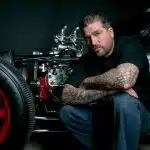
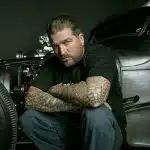
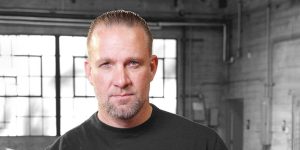


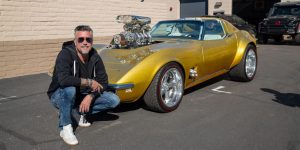

Leave a Comment